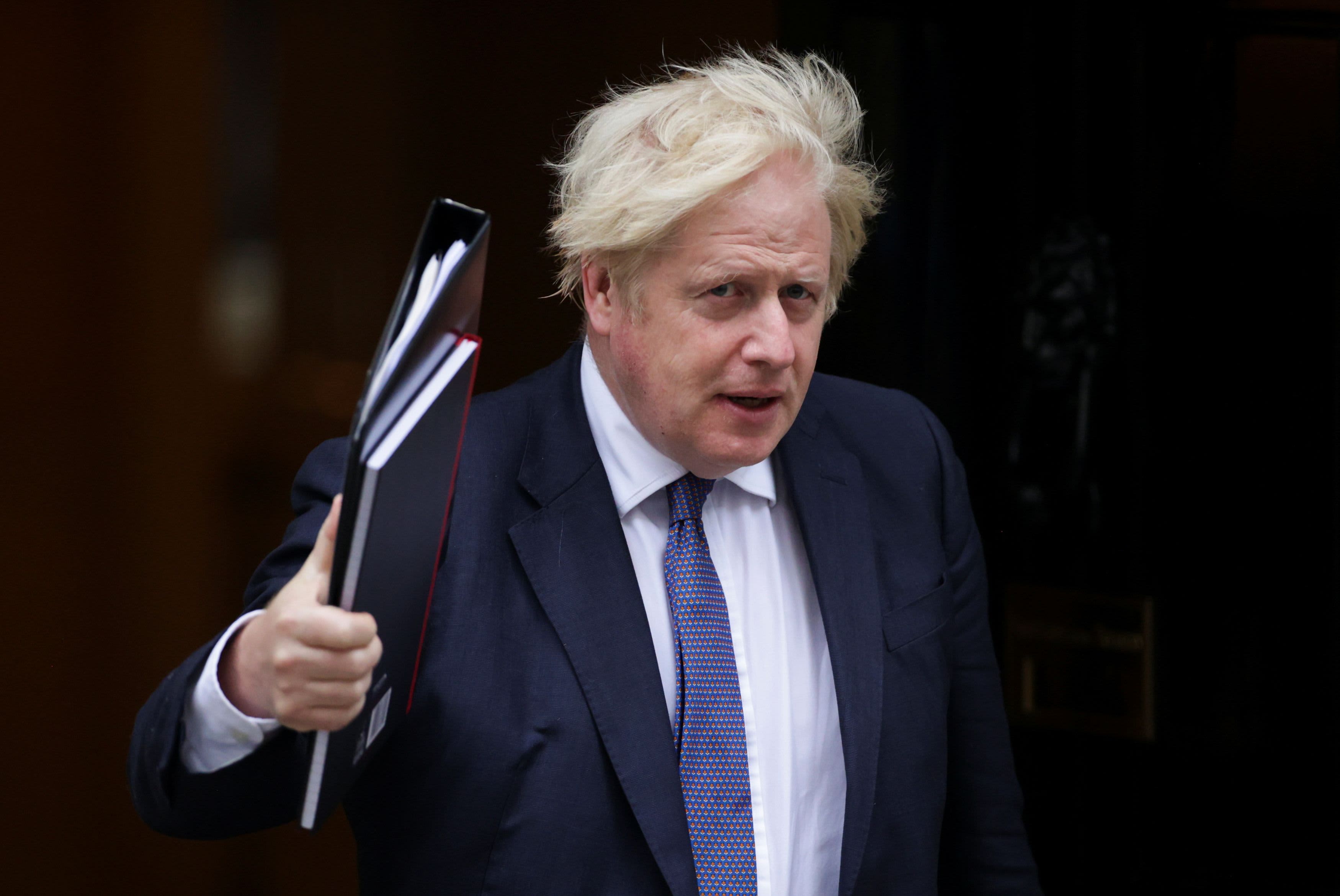US stock futures rose in trading Thursday morning despite disappointing economic data.
Dow Jones Industrial Average futures gained 125 points. Meanwhile, the S&P 500 futures rose 0.2% and the Nasdaq 100 futures fell 0.1% due to a decline in Facebook and PayPal stocks.
US gross domestic product rose 6.5% on an annualized basis in the second quarter, well below the Dow Jones’ 8.4% estimate.
Meanwhile, a separate data point showed that 400,000 people were making initial claims for unemployment benefits for the week ending July 24. That level is almost double what it was before the pandemic and above a Dow Jones estimate of 385,000.
Many investors were relieved that the US Federal Reserve did not signal any imminent plans to reverse its security purchases. Fed chairman Jerome Powell warned that while the economy was making headway toward its goals, there was still a way to go before the central bank would actually adjust its loose policies.
“We still have some work to do on the job side,” said Powell. “I think we are still a long way from having made significant progress towards the maximum employment target. I would like some strong employment figures.”
PayPal and Facebook fell 5% and 3%, respectively, in early trading after warning of a significant slowdown in growth on the release of quarterly earnings.
Meanwhile, Ford’s shares rose nearly 4% after raising its outlook for 2021, saying it is selling more cars that are more expensive, despite missing analysts’ earnings estimates.
Amazon, Pinterest and Anheuser-Busch will report their results on Thursday.
“The market understood that we had a bad quarter here compared to last year,” said Michael Reynolds, vice president of investment strategy at Glenmede. “What is far more important this season are the forecasts we get for the quarters ahead as the economy adjusts to the new normal.”
Key averages are on track to end the month higher, with the S&P up 2.4% for July. The Nasdaq Composite and the Dow were up 1.8% and 1.2%, respectively.
Meanwhile, the Senate voted on Wednesday for a bipartisan infrastructure plan that would put $ 550 billion in transport, broadband and utilities.










